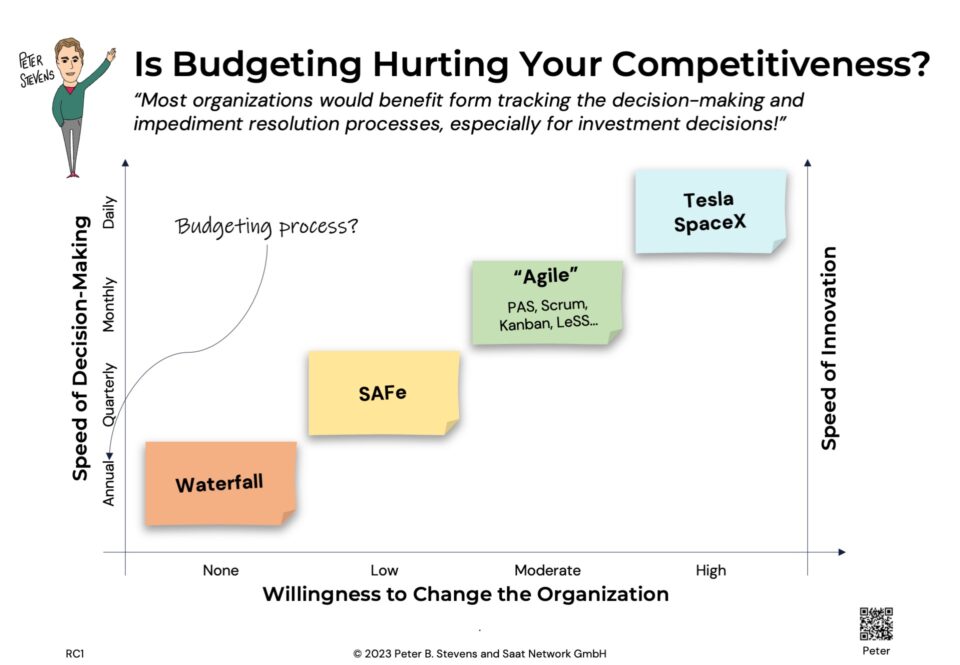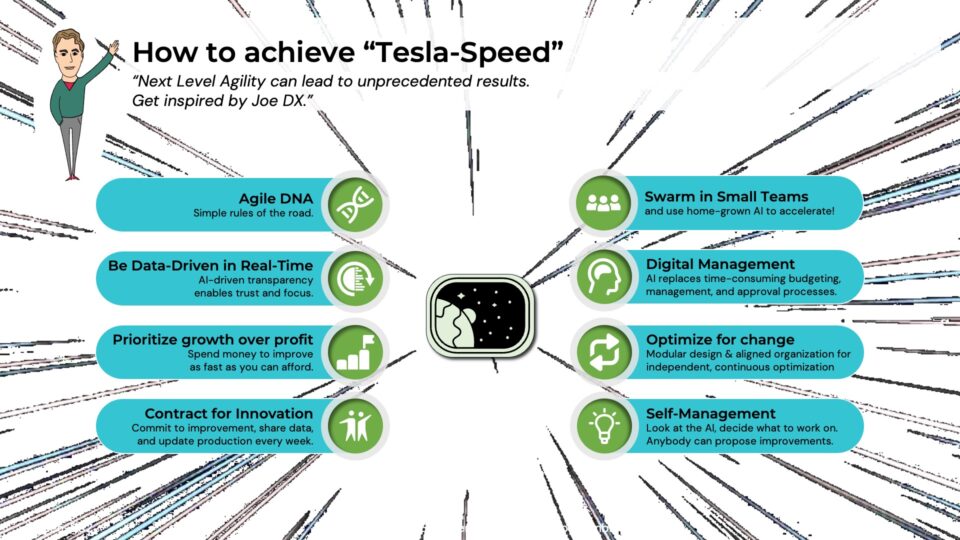XM Principle 2: Object-Oriented, Modular Architecture
04-06-2013XM Principle 4: Contract-First Design
06-06-2013…also known as “red, green, refactor”
Before Joe started building a car, he created a model for predicting fuel economy. He identified over 100 well known, freely available parameters, like weight, drag coefficients, engine power, tire size, etc. Based on these parameters he could predict the EPA fuel economy of the car within a few percent.
Armed with this model, he was able to calculate the characteristics the WIKISPEED entrant must have in order to achieve not only 100 miles per gallon, but also to achieve performance characteristics worthy of a high-end sports car.
Team WIKISPEED wanted to achieve five-star crashworthiness according to the specifications of the NHTSA and IIHS. These specify impacts under multiple conditions to evaluate the crashworthiness of the cars. These tests are quite expensive, US$10’000 per test, plus the costs of the vehicle itself, transport and disposal of the test vehicle and the travel costs for the people involved. How can they update their designs every week, when each change requires retesting?
Step one was to use Finite Element Analysis to simulate the crashes. When they believed their car would pass the test, they ran an actual test. Of course they did not pass the test, but that was not the purpose. They wanted real crash data so they could better model crashes in their simulations. They updated their simulations based on the actual crash data. After a few iterations, their simulations became so good, that the authorities now accept the results of their simulations in lieu of actual tests. Since they can now do (almost) fully automated tests, they can simulate crash tests every week.
When designing new components,
- Create the test it is expected to pass. That can be very high level, like emissions tests or crash standards, or it might be more component level. If it is possible to automate the test (or create an automated proxy for the test), do so, as this reduces the cost of repeating the test after future design changes.
- Create the simplest design possible that enables the test to pass.
- Iterate on the design, improving it until it is more valuable to work on another portion of the product.
In software, this process is known as “Red-Green-Refactor.” To implement something, first create a test, which by definition fails immediately (“goes red”). Then implement functionality to make it pass (go green). Then improve the design for better maintainability, efficiency, etc. This is called refactoring.
Next: Contract First Design




